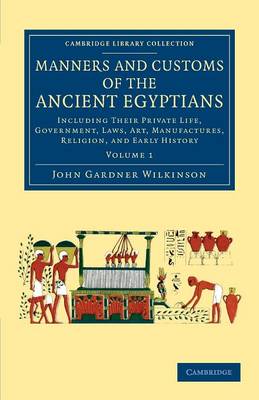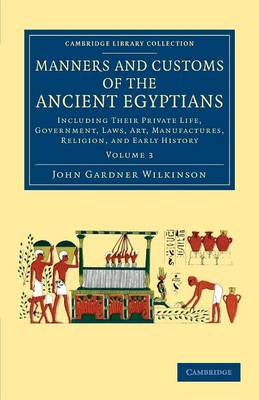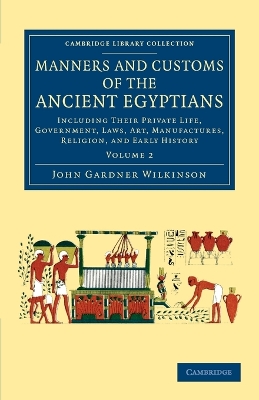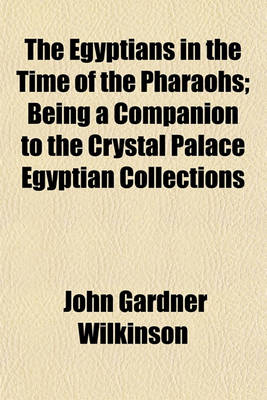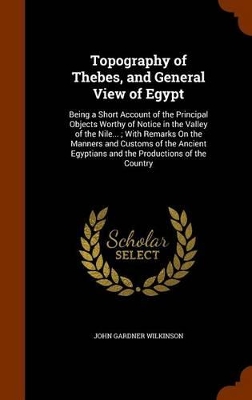Cambridge Library Collection - Egyptology
2 primary works • 7 total works
Volume 1
Volume 2
Manners and Customs of the Ancient Egyptians: Volume 1
by John Gardner Wilkinson
Manners and Customs of the Ancient Egyptians: Volume 3
by John Gardner Wilkinson
Manners and Customs of the Ancient Egyptians: Volume 2
by John Gardner Wilkinson

